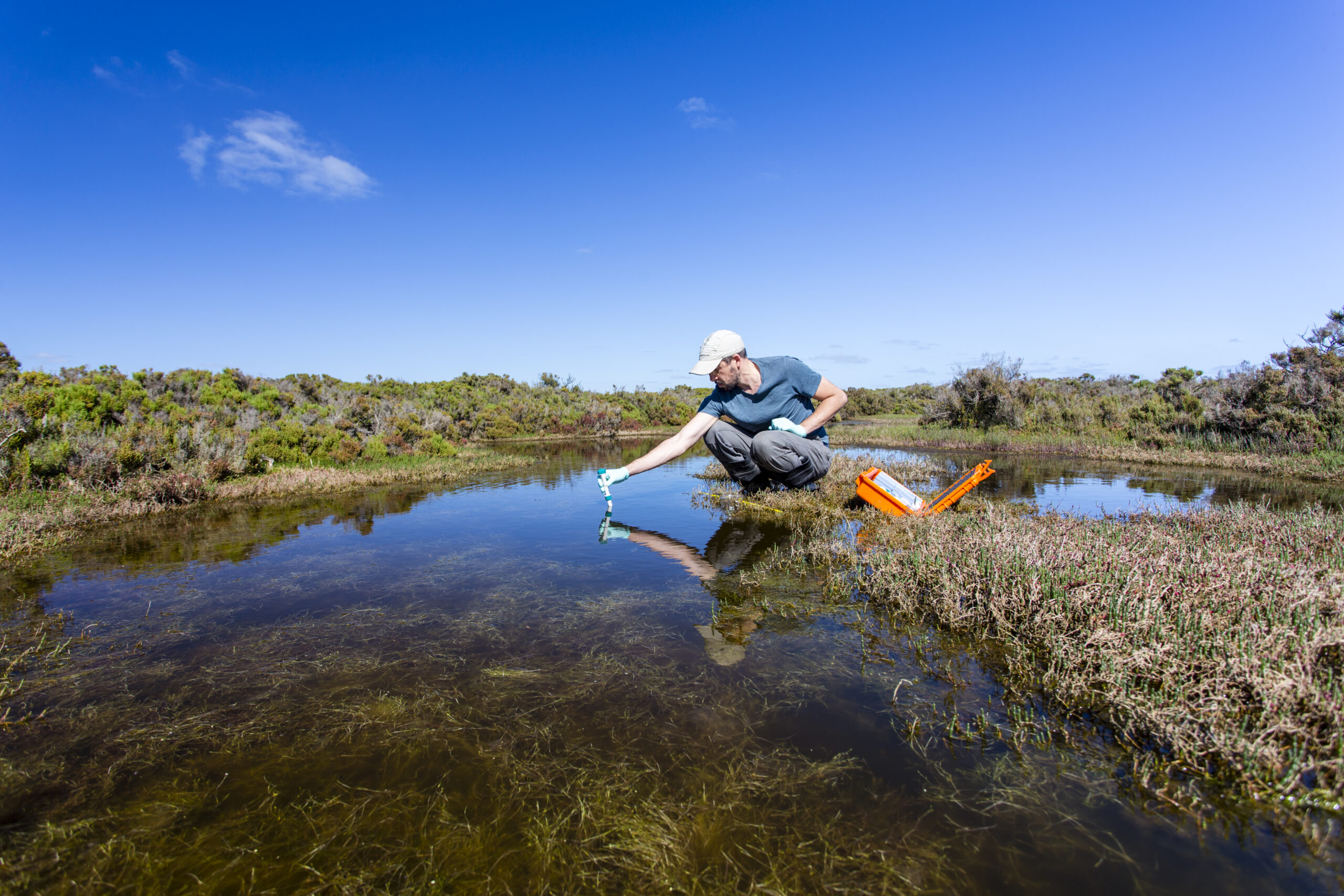Pollution exposures for a specific property may vary widely. Some locations have a “rich” history of prior operations and prior pollution that make crafting meaningful coverage more challenging, while other properties are just vacant virgin land. Regardless of the history (or the planned future use) of a site, the environmental products available for property owners and/or their tenants are very similar.
The basic premise of an environmental impairment liability policy varies little by carrier. Generally, coverage is designed to pay on behalf of the insured for a combination of four main things: bodily injury, property damage, clean-up costs, and defense expense resulting from a pollution incident at, under or migrating from a scheduled property.
However, every property is unique and so the coverage that carriers craft to address their environmental exposures can vary significantly. For example, coverage can include pre-existing conditions or just new conditions. Clean-up can be included for on-site events, or just for pollution that may migrate away from the property and impact third parties.
This analysis is designed to help you see what coverage is being offered, and what is not. Underwriters often take into account the reasons that a policy is being purchased. In some cases, the policy is structured for a single property transaction (often with a longer terms), while other times the policy is designed to address on-going operational exposures. Some of the issues we have identified relate to the underwriting “situation” that is unique to each property.
On-Site vs. Off-Site Pollution Exposures
Property owners are obviously responsible for the pollution that they create on their own property. However, they can also be found liable for pollution exposures that migrate away from their property to neighboring areas. They can also be found liable for bodily injury to those who are exposed to pollutants on their own property, and damage to property both on and away from their location. These exposures can vary from site to site. For example, a chemical manufacturing plant may have significant onsite pollution exposures, while vacant land does not.
Property owners also face exposures that are sometimes ignored. Legal statutes in the US specify that pollution that you have created is always yours. Often referred to as “cradle-to-grave,” this means that if you dispose of your waste properly, at an approved disposal facility, you could still be held liable if that pollution ever escapes and causes further problems. You also have liability during transit, and if your pollutants impact local waterways, etc.
Underwriters take all of these exposures into consideration when they offer a quote on your property. They may limit coverage due to exposures that they think are likely to lead to a significant claim. They may also be willing to offer additional coverage if they can “get comfortable” with the risks involved.
Basic Coverage Elements
The environmental markets may offer core environmental coverage on a facility in different ways, and any number of the following coverage parts could be included or not included. Depending on the risk being quoted, any of the coverage parts being offered could potentially be restricted in some way. The coverage forms should always be closely reviewed to be aware of any potential narrowing of these coverage parts.
On-Site Cleanup – New Conditions
Pays for clean-up costs related to a loss on or under the scheduled property that has commenced after the policy period inception date or any retro date. This includes pollutants that originate at the scheduled property, and also includes pollutants that might migrate to, or impact the property from neighboring properties.
On-Site Cleanup – Pre-Existing Conditions
Pays for clean-up costs related to a loss on or under the scheduled property that have commenced prior to the policy period or any retro date. Some policies include a “continuity date” while others indicate no retroactive date at all, extending coverage back historically without limit.
Off-Site Cleanup – New Conditions
Pays for clean-up costs related to a loss beyond the boundaries of the scheduled property that have commenced after the policy period inception date or any retro date.
Off-Site Cleanup – Pre-Existing Conditions
Pays for clean-up costs related to a loss beyond the boundaries of the scheduled property that have commenced prior to the policy period or any retro date. Some policies include a “continuity date” while others indicate no retroactive date at all, extending coverage back historically without limit.
3rd Party Bodily Injury
Pays for losses you are legally obligated to pay resulting from pollution on, under or migrating from your scheduled property. This coverage part does not distinguish between on-site or off-site, but is limited to Bodily Injury losses.
3rd Party Property Damage
Pays for losses you are legally obligated to pay resulting from pollution on, under or migrating from your scheduled property. This coverage part does not distinguish between on-site or off-site, but is limited to Property Damage losses.
Call Deeley Insurance Group today at 410.213.5600.
Article courtesy of United Commercial Program Managers • Visit ucpm.com










